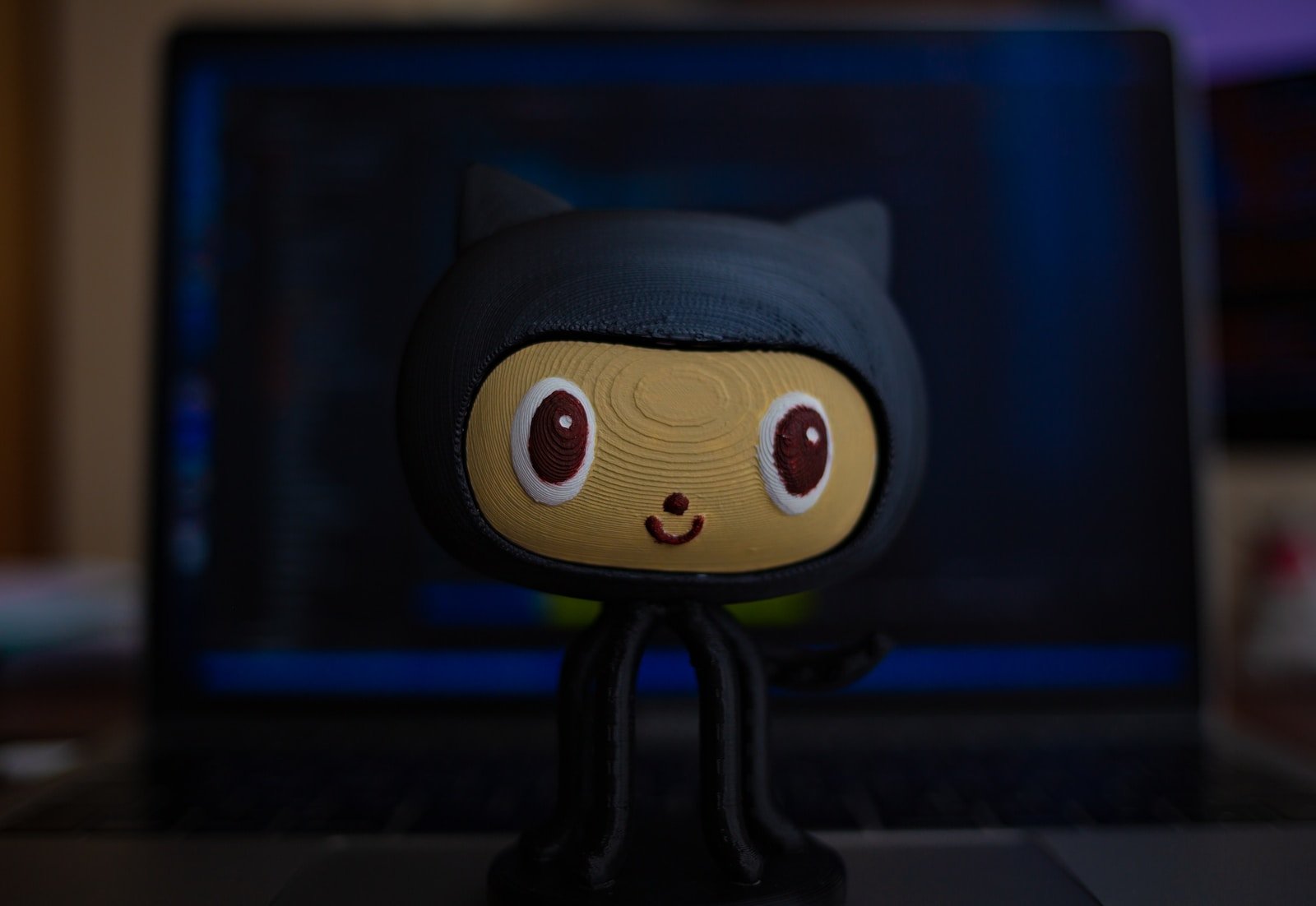GitHub has become an essential platform for developers to collaborate on projects, share code, and manage version control. However, for beginners, the terminology and concepts associated with GitHub can be overwhelming. In this article, we will demystify GitHub terms like repository, commit, pull, push, and version, helping you gain a better understanding of how GitHub works.
GitHub Repository
Let’s start with the central concept of GitHub – the repository. A repository, often referred to as “repo,” is a storage space where all your project files, folders, and documentation are stored. Think of it as a folder that contains all the code and assets related to your project. Repositories can be public, allowing anyone to access and contribute to them, or private, restricting access to authorized collaborators only.
Commit
When you make changes to your code, you create a commit. A commit is like a snapshot or a save point in your project’s history. It records the changes you have made, including additions, deletions, and modifications to files. Each commit has a unique identifier, allowing you to track and revert to specific versions of your project if needed.
Pull
Pulling refers to the process of fetching and merging changes from a remote repository to your local repository. If you are collaborating with others on a project, they may have made changes to the code that you don’t have in your local repository. By pulling those changes, you can update your local repository to reflect the latest version of the project.
Push
Pushing is the opposite of pulling. When you push, you are sending your local commits to the remote repository. It allows you to share your changes with others and make them accessible to the entire team. Pushing is an essential step in the collaborative workflow, ensuring that everyone has access to the latest codebase.
Version
In software development, versioning is crucial for keeping track of changes and managing compatibility. GitHub allows you to create and manage different versions of your project. Each commit represents a version, and you can assign tags or labels to specific commits to mark significant milestones or releases. Versioning helps you keep your project organized and allows you to roll back to previous versions if necessary.
Understanding these fundamental GitHub terms will help you navigate the platform and collaborate effectively with other developers. As you delve deeper into the world of GitHub, you will encounter many other terms and features that enhance your development workflow. Remember, practice makes perfect, so don’t hesitate to explore and experiment with GitHub to gain hands-on experience.
If you’re interested in learning more about coding and Python, be sure to check out the Python Training Playlist on our YouTube channel, Emancipation Edutech. Our playlist covers various Python topics, from beginner-friendly tutorials to advanced concepts, helping you enhance your coding skills and embark on exciting programming projects.
In conclusion, GitHub is a powerful platform for collaboration and version control. By familiarizing yourself with terms like repository, commit, pull, push, and version, you’ll be well-equipped to navigate GitHub and contribute to projects effectively. Remember to keep learning and exploring, and don’t forget to check out our Python Training Playlist on Emancipation Edutech’s YouTube channel for more coding resources.



